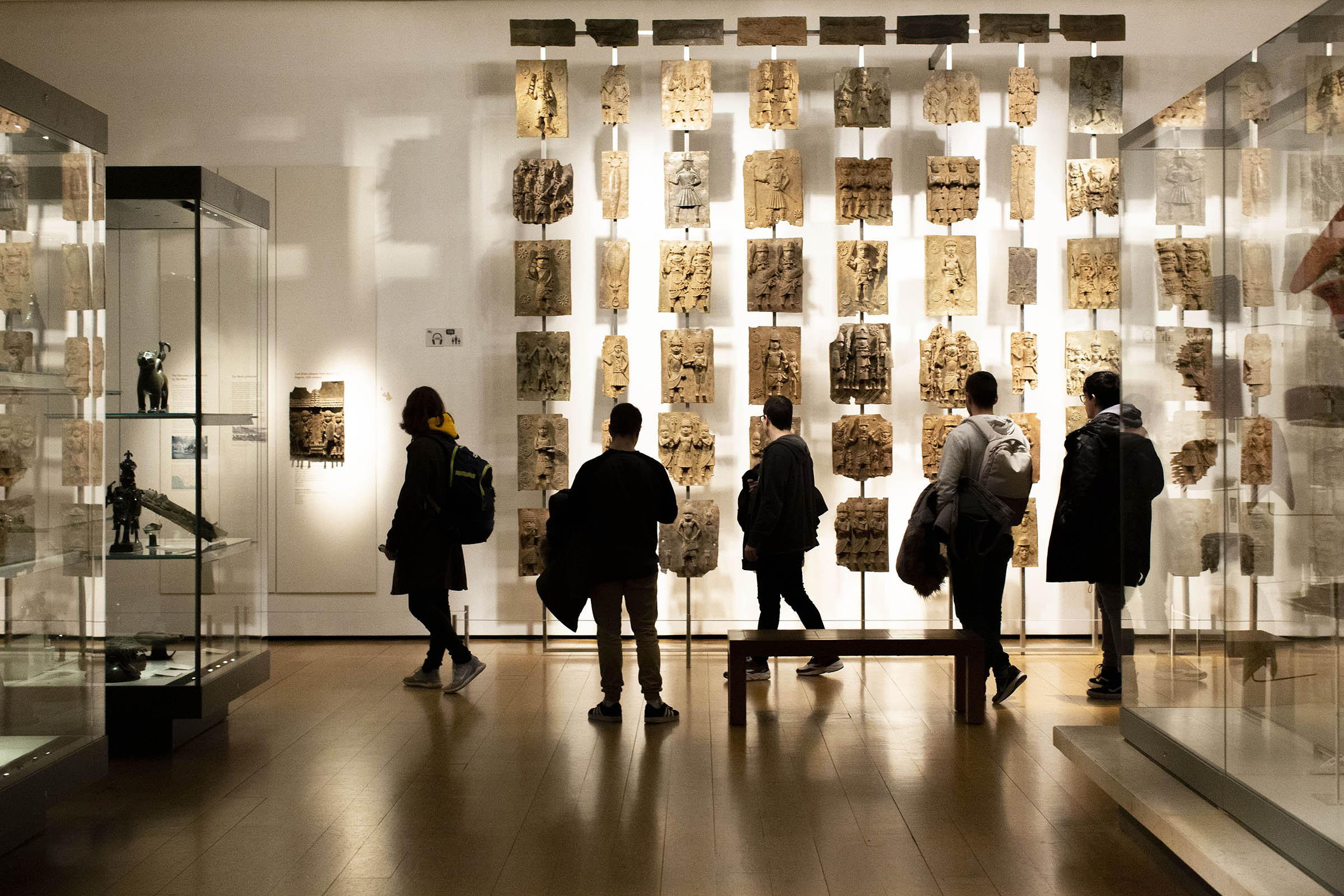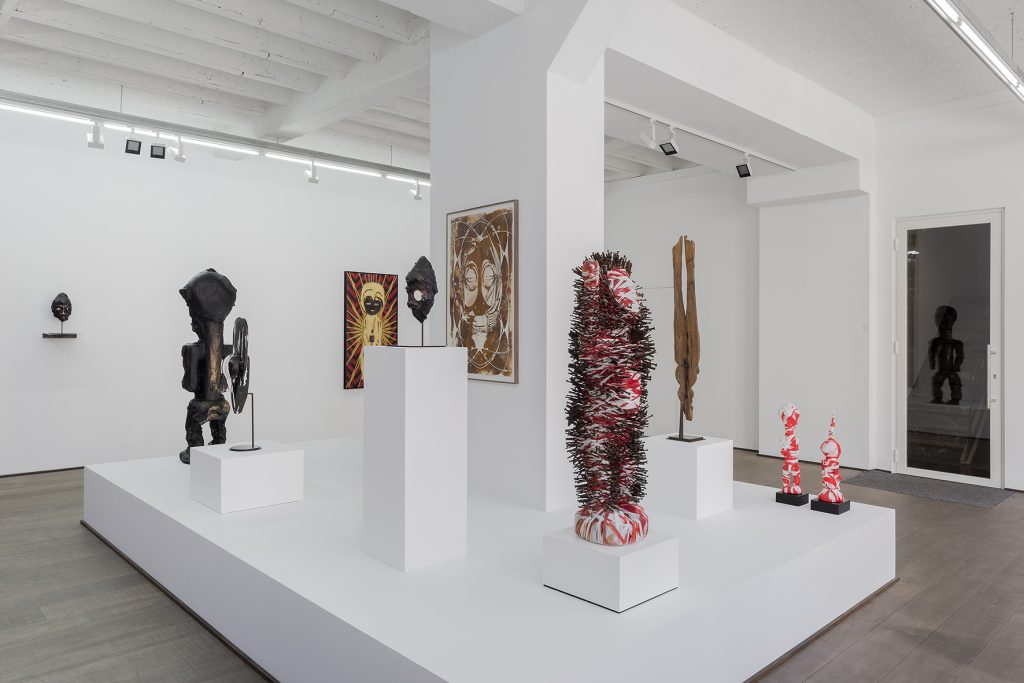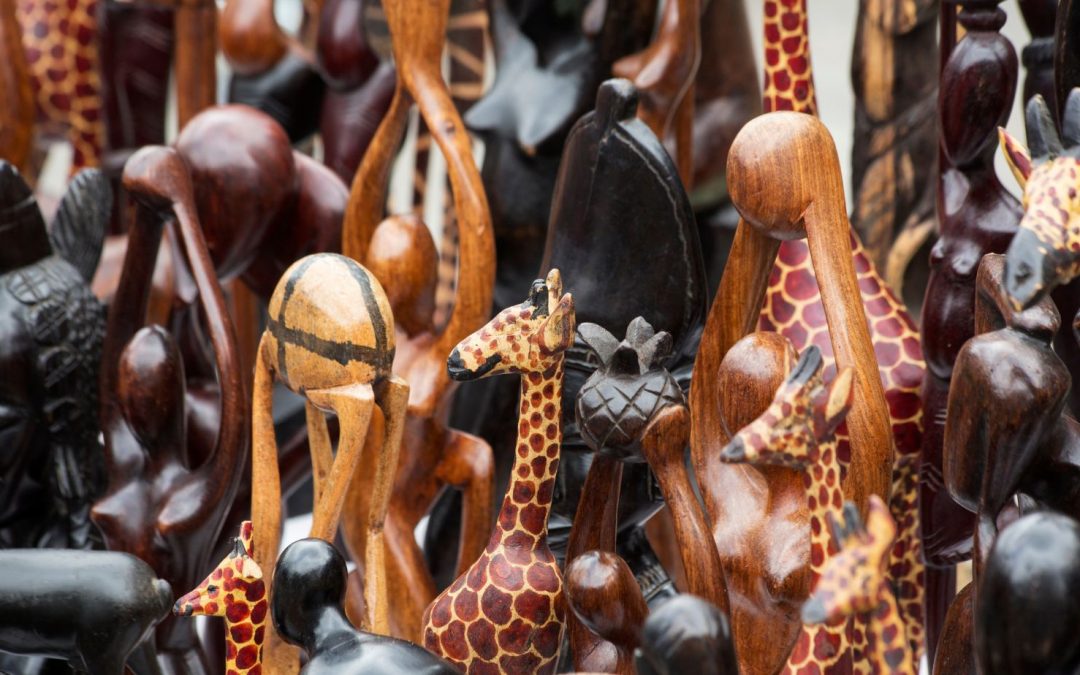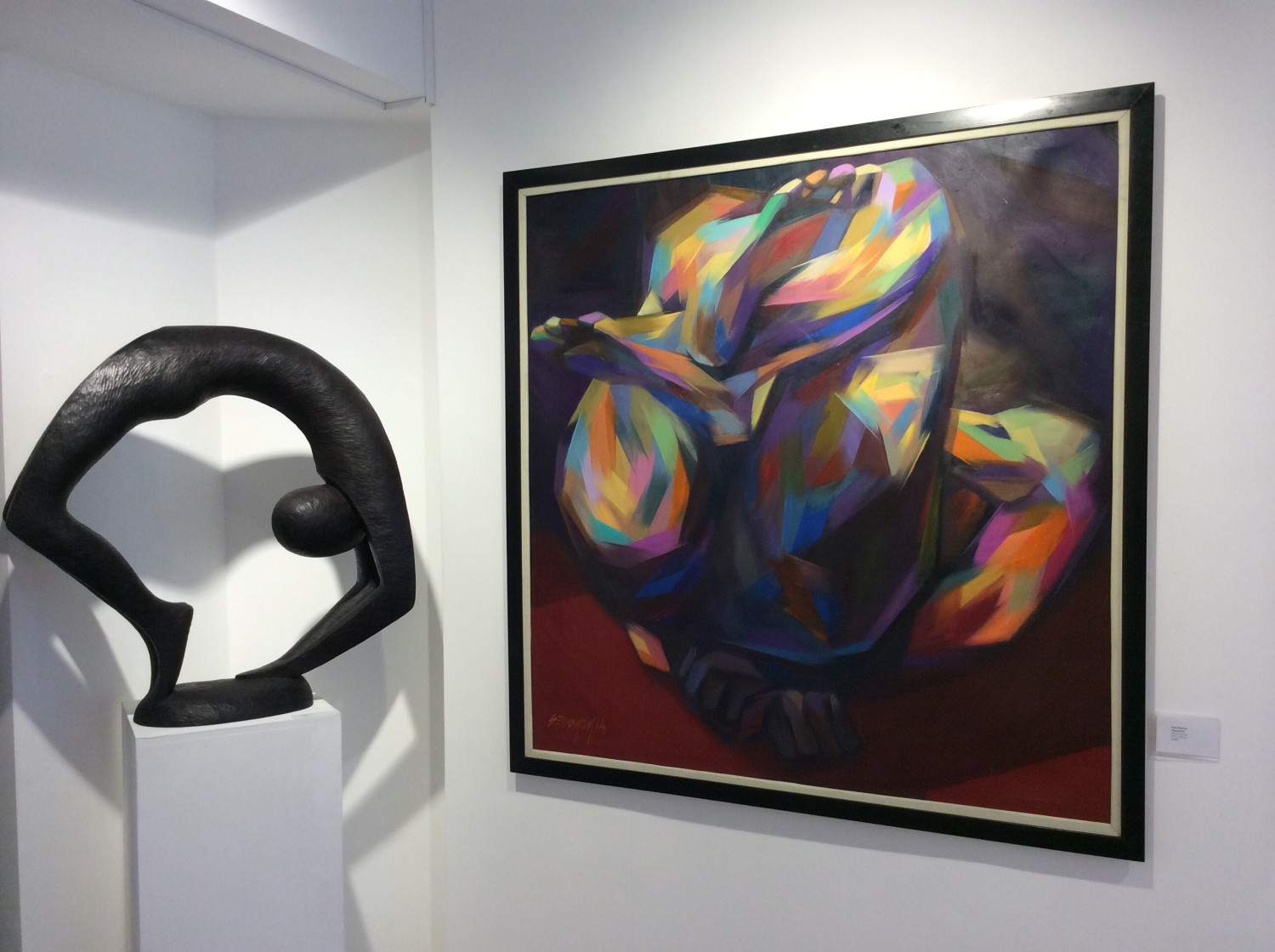The African continent is large and heterogeneous, including 54 countries with different cultures, traditions, as well as political and social constructs. The first thing that comes to mind to people when thinking about African art is the artistic culture of South Sahara. In these areas, artists from Africa share certain artistic features, and their works are quite different than Northern or Western art, which draw inspiration from the Middle East. In this article, we will discuss African art and some interesting facts about it.
What is Contemporary African Art
African art today is an understudied phenomenon. Previously, before decolonization, international art did not consider individual black artists. African artworks were thought to have been created collectively by tribes and had a ritual and craft function. Today, the importance of contemporary African art is being redefined around the world – it is being properly researched, evaluated, and protected. Strict rules define what is traditional and what is contemporary in African art. It is interesting that African art contemporary style borrows much from traditional art. Tradition has brought elements of rock art, petroglyphs, sculpture, and folk arts and crafts into African aesthetics. Staticity, disproportionality, schematism, primitive techniques, geometric African figure, and expressive zoomorphic masks are the main characteristic features of traditional African art.
In North Africa and its peripheral territories, art was influenced by Muslim and Christian cultures. The Christian influence over North African art forms comes from France, Holland, England, and Portugal, which were present in these areas during colonial times
Valuable art scenes have been discovered in South Africa in terms of world art, history, and ethnography. From the middle of the II millennium BC onwards in South Africa, one could find mass scenes and complex genre compositions, all of which respected the laws of perspective. Polychrome painting replaced monochrome painting, and dynamism strengthened – figures in movement, impetuous lines, and silhouettes, as well as the appearance of battle scenes.
What Caused a Rise in Contemporary African Art

Colonial Heritage in African Art Development
In North Africa and its peripheral territories, art was influenced by Muslim and Christian cultures. The Christian influence over North African art forms comes from France, Holland, England, and Portugal, which were present in these areas during colonial times. The central areas of Black Africa, such as the Congo and Niger basins, have developed in isolation, so their artistic style is quite unique.
Workshops and craft initiatives
Storage and carrying baskets, metal jewelry, glass, ceramic beads, beadwork, woodcarving, masks, statuettes, pots, and decorated textiles were the main crafts of Africans.
Post-colonial euphoria
Most scholars believe that contemporary African art was created by artists from Africa and the African diaspora after their independence. Other curators and contemporary art theorists refer to African contemporary artists only as personalities born after the 1970s. In the 1980s, fine African art received a powerful charge of optimism as a result of liberation from colonial rulers, and African artists reflected on complex post-colonial issues of national identity, unequal income, health, and societal problems.
Storage and carrying baskets, metal jewelry, glass, ceramic beads, beadwork, woodcarving, masks, statuettes, pots, and decorated textiles were the main crafts of Africans.
A rise in contemporary African art in the 1980s and beyond is associated with names such as:
- Fathy Hassan;
- Nu Barreto;
- Ernest Ducou;
- Anatsui;
- Aida Muluneh;
- Boris Nzebo.
Why is Contemporary African Art Unique
First, contemporary African art has deep roots in the cradle of humanity. History has scientifically proven how ancient Africans have a high level of artistic intelligence and skill. Contemporary and traditional African art have a subtle connection, and its explicitness is usually decided by the artist. Secondly, the exotic features of African paintings and African sculptures were noted and reinterpreted by famous artists such as Picasso, Modigliani, Matisse, and Derain. Primitivism enriched Western art with new forms of creative expression, also known as the abstract visual. What major changes took place with the arrival of contemporary African art? The mixture of African and global aesthetics has brought the interaction of cultures to a new level. Humanity has received more worthy contemporary art examples, more inspiration, and creative experimentation. Afropolitanism is an important twenty-first-century term for the interconnection and influence of globalization on local African culture. Many African works attest to this. In addition, the African art market has received new forms of expression: performance art, object art, mixed techniques, sculpture from weapons, etc.

Exhibitions
Various styles of contemporary art have been shown in the West since 1962 (Art from the Commonwealth, Commonwealth Institute, Kensington, London). Art museums and galleries in Los Angeles, New York, Washington, DC, St. Augustine, London, Liverpool, Hamburg, Paris, Rotterdam, Vienna, Malmö, and other cities have exhibited African works of art within their walls. The latest key events in museum art:
- 2020 – “OrnAmenTum’EtKriMen” by Kendell Geers curated by Danillo Eccher, M77 Gallery Milano.
- 2019 – IncarNations – African Art as Philosophy, Curated by Kendell Geers and Sindika Dokolo, BOZAR, Brussels.
- 2018 – “AfroPunk- Kendell Geers” Didier Claes Gallery, Brussels.
Auctions of Contemporary African Art
Collectors’ interest in black people’s modern art started in the 2010s. Auction houses Bonham’s, Christie’s, and the 1-54 Fair, which are held twice a year in New York and London, often show the perspective of niche artists and creative commons from Africa.
Contemporary African Art Museums and Public Galleries
Jochen Zeitz created the world’s biggest museum of contemporary African art in 2017. The art collection includes works by artists such as:
- Julie Mehretu;
- Wangechi Mutu;
- Marlene Dumas;
- Glenn Ligon;
- Kehinde Wiley;
- Kudzanai Chiurai;
- Chris Ofili.
In today’s world, despite the colonial period and globalization, the African diaspora and artists of the continent have maintained a common identity while demonstrating individualism and diversity to the Western observer. Contemporary African artworks can be seen at First Floor Harare African Art Gallery (Zimbabwe), Omenka Gallery (Nigeria), and Goodman Gallery Cape Town (South Africa).












